The difference between matte and glossy lamination
In the world of print and design, lamination is a popular technique used to enhance the appearance and durability of various materials. Two common types of lamination are matte lamination and glossy lamination. While both techniques serve the purpose of protecting printed items, they offer distinct visual and tactile characteristics. This article aims to delve into the details and shed light on the key differences between matte lamination and glossy lamination.
Matte Lamination for vial box
Matte lamination is a finishing technique that adds a non-reflective, smooth, and velvety texture to the surface of printed materials. It is achieved by applying a thin layer of matte film onto the paper or other substrates. The matte finish eliminates glare and provides a subdued, elegant appearance to the printed piece.
The Benefits of Matte Lamination on vial box
Minimal Reflection: Matte lamination is ideal for materials that require reduced glare, making them more readable and visually appealing. It eliminates unwanted reflections and ensures optimal visibility even under bright lighting conditions.
Sophistication: The non-glossy nature of matte lamination imparts a touch of sophistication and understated elegance to printed items. It adds a luxurious, high-end feel that is often associated with premium products.
Enhanced Durability: Matte lamination not only enhances the aesthetic appeal but also offers protection against scratches, fingerprints, and moisture. It increases the durability and lifespan of printed materials, making them suitable for long-term use.
Readability: Due to the absence of glare and reflection, matte lamination improves readability, especially for text-heavy materials such as books, brochures, or catalogs. It ensures that the content remains clear and legible, enhancing the overall user experience.
Glossy Lamination on vial box
Glossy lamination, on the other hand, is a technique that adds a shiny and reflective coating to printed materials. The glossy finish creates a vibrant and eye-catching appearance, making the colors and images appear more vivid and dynamic.
The Benefits of Glossy Lamination of vial box
Vibrant Colors: Glossy lamination intensifies the colors, contrasts, and details of the printed artwork. It enhances the visual impact and makes images and graphics look more vivid and vibrant. This effect is particularly beneficial for marketing materials or product packaging that aims to grab attention.
Enhanced Visual Appeal: The reflective nature of glossy lamination adds a glossy sheen that gives a polished and professional look to the printed items. It creates a mirror-like effect, making the design elements stand out and catch the viewer’s eye.
Moisture Resistance: Glossy lamination provides a protective barrier against moisture, spills, and stains. This feature makes it suitable for materials that may come in contact with water or require frequent handling.
Easy to Clean: The smooth surface of glossy lamination makes it easier to clean. Fingerprints, smudges, or dust particles can be wiped off effortlessly, ensuring that the printed materials maintain their pristine appearance.

Laminated vial box for your custom brand
Both matte lamination and glossy lamination offer unique qualities and cater to different aesthetic preferences and functional requirements. Matte lamination provides a refined and understated look, reduces glare, and offers durability. On the other hand, glossy lamination creates vibrant colors, adds visual impact, and provides a shiny, attention-grabbing finish.
When choosing between matte lamination and glossy lamination, consider the specific purpose, desired visual effect, and target audience of your printed materials. By understanding the characteristics and benefits of each lamination type, you can make an informed decision to achieve the desired result for your printed projects.
Order Process
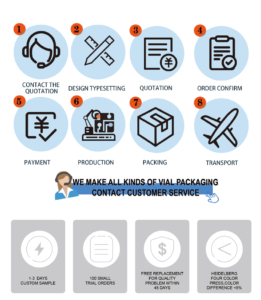
Payment

Logistics and Transportation
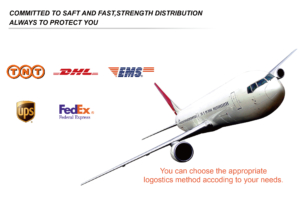

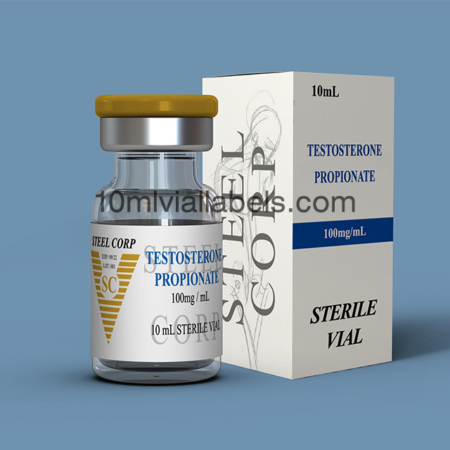
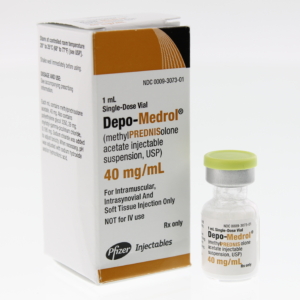
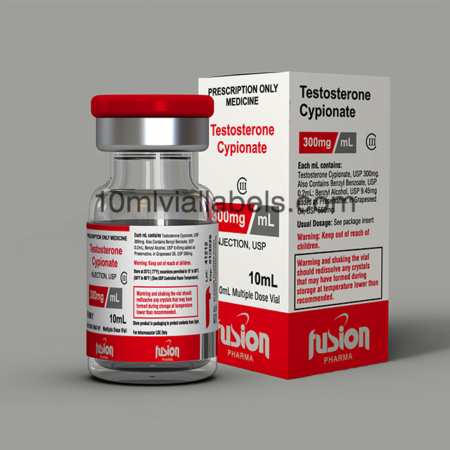
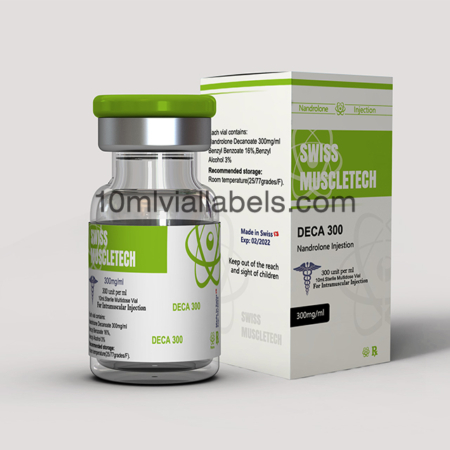
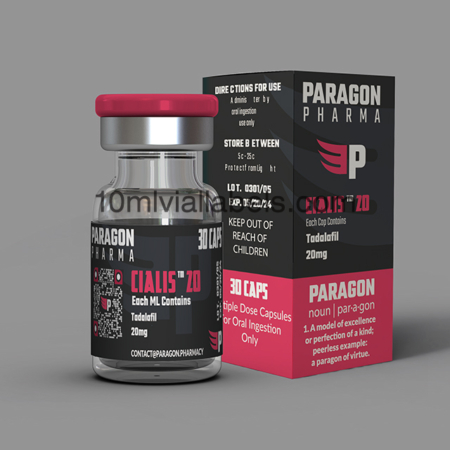
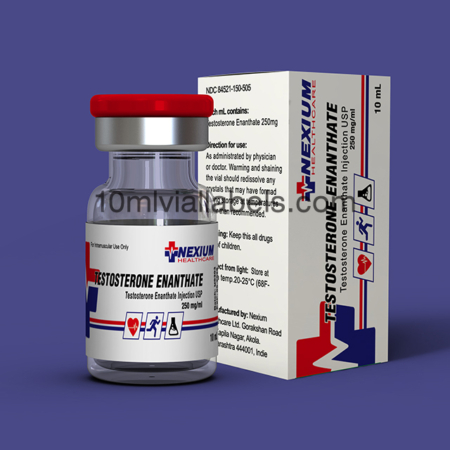
Reviews
There are no reviews yet.